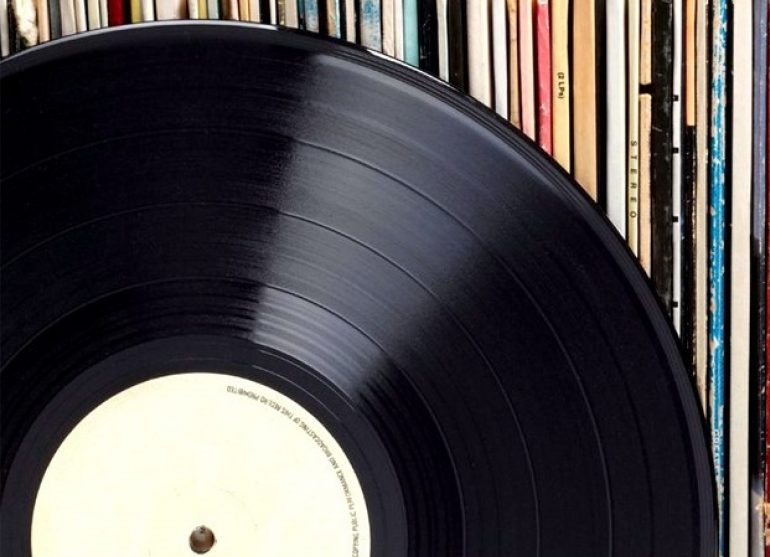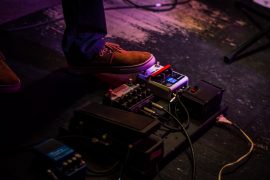Choosing the first single for release from an album is never an easy task. Why it’s important is a no-brainer – this track will announce the album to the world and how it’s received could very well decide how the album does.
Many bands look at this decision in too insular a manner to make the right decision. The discussion is usually limited to band members and often hubris tends to creep in. Each band member knows which song has her best parts and subtly (or not so subtly) tries to push that one as the choice for lead track. The strongest (or the loudest) member finally gets her say and the choice is settled.
I won’t even get into why that’s flawed decision-making.
Or, the band will ask (or get free advice from) the sound engineer/ producer on the album. There, over-thinking or having ‘heard it all’ affects the choice. Or, whichever song they think they’ve produced the best is offered as the best selection. Similar thinking is applied at record labels.
A very good example of this is Goo Goo Dolls’ album, “A Boy Named Goo”. Though the first release picked by the label was “Only You”, it wasn’t until a radio station happened to pick up “Name”, the third release, that the album got its well-deserved attention. Remember, this is the same album with the breakaway hit “Iris”.
The criteria
Simply put, choose the most catchy and accessible song, not the one in which one or more of you has been able to show your technical prowess. The song with most relatable (and decipherable) lyrics, the catchiest tune, the most hummable chorus and the one with a few surprises is the one most likely to succeed with a first-time listener.
This is usually the song that most of your live listeners have been reacting the best too, is often requested and people remember it.
The more complex songs can follow later but the catchiest one is most likely to raise interest in your new work.
You can also choose the first single on the basis of being uptempo, followed by a slower, more ballad-like single to show the range of work on the album.
Listening session
What if none of the tracks in the album have been heard by a live audience yet? There’s one way that you can facilitate that. Hold a listening session and note the audience response for each track (or ask your friends or manager to be there to watch for it). This also works as a promotional strategy where you invite only a select few fans and new listeners to the limited access gig. The promotion for this gig, with either a contest or limited registration, works as a pre-release strategy for the album release.
It’s also a time when you can mingle with the audience afterwards and seek direct feedback. You may learn a few things about your fans and what they like about your music that may surprise you.
The trusted few
As an alternative to the above, or even as an add-on, you can ask local music journalists or people you know in the industry for advice on this. Arrange a recorded listening session with them informally so that you can ensure the tracks are heard and you have time for an informal discussion after the entire session or each song.
This advice too can be invaluable on how each song might be received. Understand that since you’ve been involved in the creation of the songs since conception, a first-time listener’s point of view might be entirely different from what you think of the songs. Take the feedback squarely on the jaw and don’t try to defend your choice of favorite song.
In the end, be kind to yourself and realise that objectivity is next to impossible for you, the creator of the album. The answer lies with the listener and that’s where you will find it. All else is more often than not just about massaging egos, unless you can find the very few good ears out there in the industry who can smell the next big hit.




